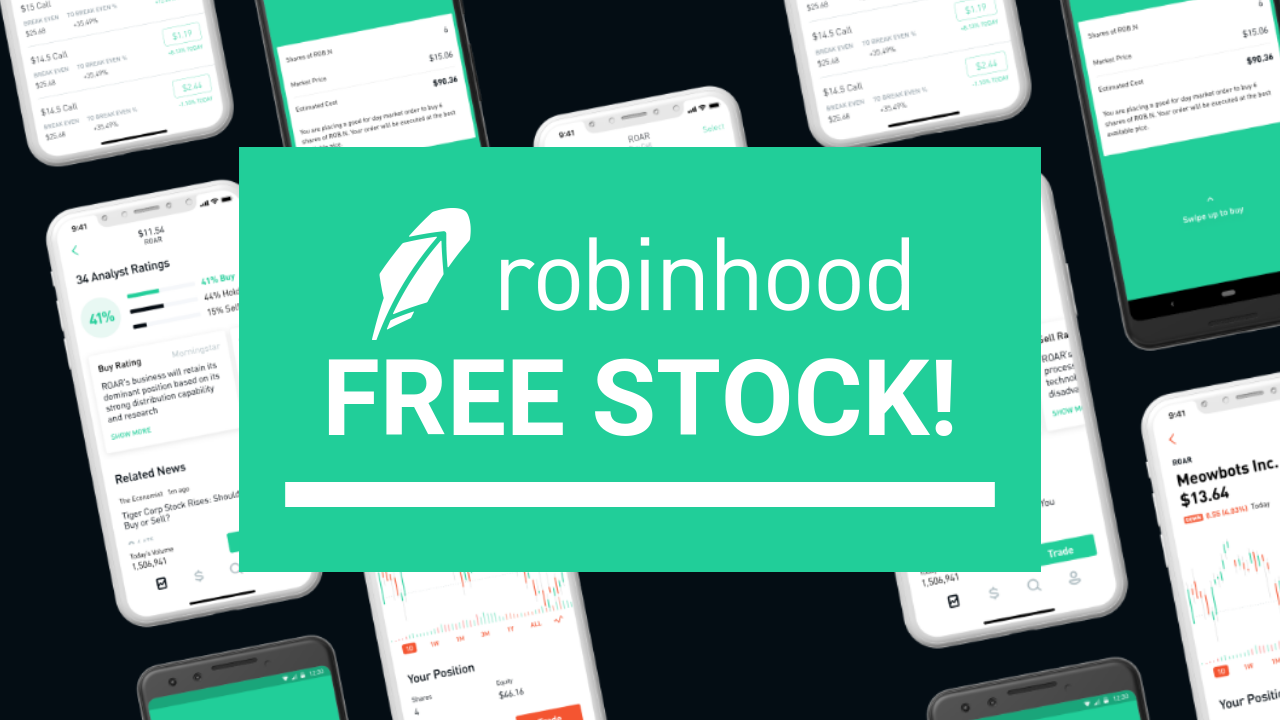What is Passive Income?

Many people dream of earning income without ever having to go to a nine-to-five job, or working in the daily grind.
That idea isn’t as far-fetched as it seems. In fact, it’s the concept behind earning passive income. Passive income is different from active income, which is the wages you earn by working for a paycheck or salary.
Instead, passive income is generated without active, daily participation from you. It could be money you make by owning an apartment and collecting rent from your tenants. It could also be earnings or dividends from your investments in the stock market. Or it could even include royalties you make from selling a book or acting in a commercial.
Passive income can give you some financial freedom throughout your life, but especially in retirement, because it can allow you to earn money without working at a traditional job. That in turn could give you more time to do things you want to do.
What are passive income streams?
The money you potentially earn from passive income is known as a passive income stream. As its name suggests, it’s a stream of money created by something you invest in, or something you’ve created that earns money on its own.
One of the most accessible methods for creating a passive income stream can be through investing. Although all investing involves risk, which means your investments can lose money as well as make money, the hope is that you will earn money on the money you invest through things like stock price increases, bond yields, and dividends. All of those potential earnings can create passive income streams, generated simply by having money in the market.
Brokerage accounts vs. retirement accounts
You can start investing by opening a brokerage account and buying stocks and other investments. You may also have a retirement account, such as a 401(k) or IRA where you can invest.
Theoretically, you can start investing with almost any amount of money—some stocks cost just a few dollars. However, both brokerage accounts and retirement accounts may charge you a fee if you don’t meet the account minimum, which can vary in size.
Similarly, some investment vehicles, such as mutual funds, may have investment minimums. And to buy shares of stocks or ETFs, you may need to have at least the price of one share.
That said, some brokerage firms offer fractional shares. These firms buy whole shares on the market and then sell pieces to investors, giving them access to investments that might otherwise be out of their price range. Fractional investing allows you to purchase portions, or small slices of a share. This can be cost-effective for investors who want to get into the market but who don’t have a lot of money to begin.
Real estate
Another popular way to earn passive income is by owning real estate that could provide you with rental income. In contrast to purchasing a home where you pay a mortgage each month, you purchase a property with the hope that you can rent it out to someone else who pays you each month to live in the property.
In contrast to investing, where you can get started for very little money, investing in real estate requires a down payment. And that often means tens of thousands of dollars in today’s housing market.
A far less certain way to develop a passive income stream, but one that has almost no upfront costs associated with it except for your time, is developing some kind of intellectual property, such as a blog or Youtube channel. In both scenarios, you can potentially attract advertisers who will pay you either as a so-called influencer to promote their products, or simply to advertise on your site or video channel.
How to create passive income
You often need some money to get started earning passive income. If your plan is to create rental income, then you need cash for a downpayment. If you plan to invest in the stock market, you can get started for just a few dollars, but your investments may only start paying you enough passive income to live on after you’ve built up a decent chunk of money in a brokerage or retirement account.
Stash recommends making budgeting, saving, and investing a regular part of your financial plan. Before you start investing, it’s a good idea to think about creating an emergency fund, with three to six months worth of expenses. That can help you with everything from a surprise medical, to a car repair, or even a layoff.
Stash also lets you buy fractional shares in single stocks and exchange traded funds (ETFs).
In : 848FINACE






























